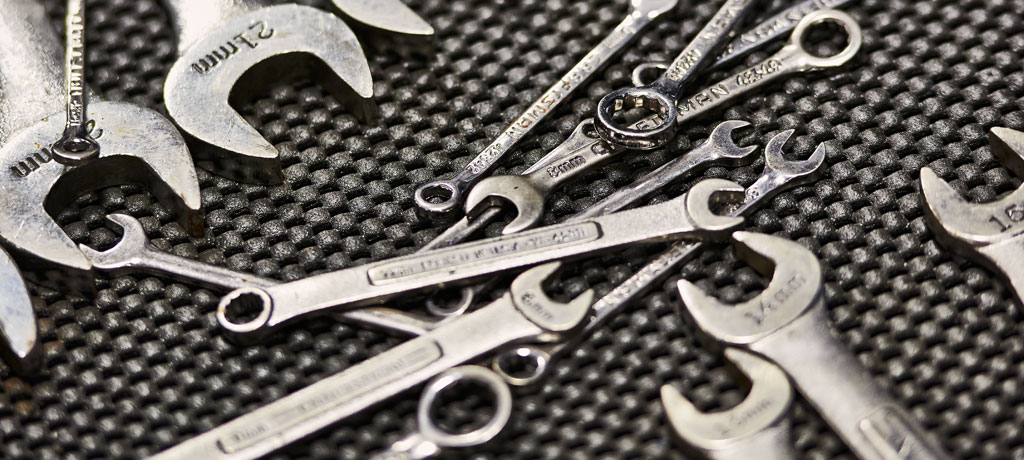
As cooler weather and shorter days settle into our daily routines, the chances of seeing deer activity on the road increases greatly. Deer season spans from October to December as mating season is in full effect, meaning drivers are more likely to experience a vehicle-deer collision during this time of the year. Not only does the influx in deer result in added driving hazards, but the end of daylight saving time also puts drivers’ safety in jeopardy due to decreased visibility.
Here are some helpful tips to avoid what could be a costly, or even fatal, accident:
• Be hypervigilant on backroads and rural areas as deer are known to meander these environments.
• Daylight saving time ends on the first Sunday of November every year, so mark your calendars and be aware that the time change is instantaneous – prepare beforehand.
• Keep an eye out for deer on the side of busy roads and highways when traveling at a speed where reaction time is limited.
• Know that if you see one deer, it is likely that more are in the vicinity.
• Always use your headlights when visibility is limited or as the sun is on its way down.
• If you are approaching a deer, it is better to brake than to dodge the animal as collision with another object, like a tree or car, can be more dangerous than hitting a deer head-on.
• Always buckle up! Deer can cause significant damage to cars as they can weigh upwards of 300 pounds.
• Stay off your phone while driving. Distracted driving can be attributed to almost 1.6 million accidents per year according to The National Safety Council.
It’s always important to drive with care, but especially in these conditions. While deer are not the only hazard drivers see during the Fall, they certainly are a large portion of this season’s accidents. These tips can help you and your family stay safe on the road while juggling wildlife, reduced visibility, and hazardous driving conditions as the weather shifts.





